Black Children in Inherently Racist School Systems and Structures
Share
Are American schools designed for the prosperity and success of all students? This can be a very complicated and nuanced topic, but the simple answer is no. American schools are absolutely not designed for a diverse range of students to thrive. Wether the diversity is economic, racial, cultural or neurological; the diversifying factor simply does not matter. If you do not checkoff all the boxes of a very narrow and short list; white and well-off (white and poor "earns" you considerable privilege compared to non-whites, but not as much as those with money), you just might encounter some level of difficulty navigating and experiencing the highest level of success (that you are capable of).
This post briefly explores the challenge of teaching Black Children in the one-tracked non-inclusive and inequitable American education system
Given that the foundational years of American education occurred during a time when it was frowned up-on, forbidden and in many states illegal to educate Black people; it only takes the smallest amount of deductive reasoning to come the conclusion that American school systems and structures would be racist at their very core. Not only were they not designed to include the needs of Black people and children, they were created to intentionally exclude Black people. Which is a lot different then unintentional exclusion. This is why Black students face odds that no other group of students can relate too. Now, this statement is in no way meant to diminish or minimize the challenges or experiences of any individual or group, but to simply clarify how and why the root and level of difficulty for Black students is so much different than it is for other groups that have been inadvertently placed in the margin.
Being a Black teacher, I've experienced nearly all levels of the American education system. Additionally I've both attended and taught at all types of American schools; from Private to Public, Public-Charter and District Run-Charter schools. Though each school was vastly different in a variety of ways, the overtone was still the same. Being a Black student and teaching Black students in this system was like trying to fit a triangular object through a circular entryway- the space was clearly not made to fit. Now we could spend hours talking about how Black people were present for every part of American history, but our experiences are relegated to only that of enslavement and Civil Rights- and even those stories are only partially told, sugar-coated and glossed over in school curriculums. Or we could talk about how not until-recent times have efforts been made to include literature with Black leading characters and written by Black authors for school children to read. We could talk about the disproportionate number of suspensions and expulsions of Black students in schools and districts where very few Black students are present. Or how behaviors typical of school age children are criminalized when the student is Black. Or what about how hairstyles worn by only Black students are labeled as inappropriate or unacceptable for the school environment. Or maybe how Black students literally lose their lives at school only to have the incidences swept under the rug. The offenses are literally endless. But whats worse than the actual offenses of individual schools and districts, is that these clearly racist and racially biased and motivated incidents are almost always upheld by the court of law.
One can easily feel overwhelmed at the prospect of supporting your Black students in an environment that was not created for them. It literally feels like the whole world is against you and your babies. Making real structural and foundational changes takes more time than the career span of any single teacher. But what is possible for a single teacher- regardless of your school, district, city or state; is to create a classroom environment that welcomes and supports your Black students. Now of course a great teacher does this for every single student- but in this post we are focusing on how to make sure your intentionally marginalized Black students feel like they belong.
It's important to note, that the demographic of the student body- is not enough to make Black students feel like they belong in the American education system. Just because your school or district is 90 plus percent Black does not mean that your students will belong. Now of course on the surface or socially they'll feel a sense of belonging- but beyond that, the system and the structure was still not meant to fit them. Therefore it is very important that you go they extra mile to provide them a sense of support and inclusion.
Gasp!
"Go the extra mile? We do so much already and you're still suggesting that I go the extra mile?"
Yes, if you've been a teacher for any length of time, you've likely noticed that students have better dispositions and perform better when they believe that their teacher actually cares about them as individuals. So, I know that it is difficult but going the extra mile benefits both you and your students, and eventually many of the practices become second nature and you no longer feel the exhaust and fatigue that "going the extra mile" can cause. Plus your students deserve to be in an environment that intentionally makes them feel included.
Our next post will provide basic steps for how to give your Black students a sense of belonging in the American education system.

